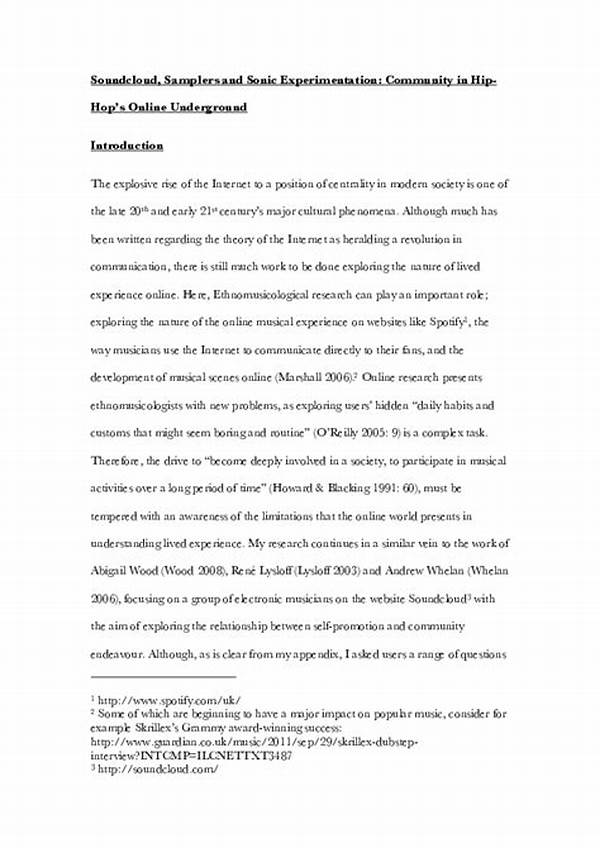The ever-evolving landscape of hip hop has always been synonymous with innovation, adaptability, and a relentless pursuit of originality. For decades, artists and producers have pushed the boundaries of sound in this dynamic genre, resulting in groundbreaking works that defy traditional norms. At the heart of this revolution lies the concept of sonic experimentation in hip hop. By incorporating diverse influences from various musical styles, and by leveraging cutting-edge technology, artists have continuously redefined what hip hop can be. This article delves into the essence of these sonic innovations and how they have transformed the genre.
Read Now : Recent Global Negotiation Outcomes
The Evolution of Sound in Hip Hop
Hip hop ain’t just about beats and rhymes. From its origins in the Bronx, sonic experimentation in hip hop has morphed into a cultural force. Artists like Kanye West and OutKast have stretched sonic boundaries, blending genres, instruments, and sounds that seem worlds apart. When you think about cats like Kendrick Lamar or Travis Scott, their soundscapes invoke an otherworldly vibe, driven by an insatiable hunger for innovation. Sonic experimentation in hip hop ain’t just a phase—it’s a lifestyle choice, a testament to the genre’s refusal to get boxed in or tamed. Nowadays, sampling isn’t only about looping a catchy hook; it’s about diving deep into crates, resurrecting forgotten classics, and flipping them on their heads. The journey of hip hop is intertwined with its auditory DNA, where sound is more than just noise—it’s an identity, a legacy, and the future rolled into one.
Pioneers of Sonic Experimentation
1. Kanye West: Repeatedly zigging when others zag, Kanye has always embraced sonic experimentation in hip hop, fusing unexpected sounds and styles like in “Yeezus.”
2. OutKast: This duo consistently defied the norm, making sonic experimentation in hip hop their trademark by merging funk, jazz, and space-age sounds.
3. J Dilla: With his unconventional beats and samples, J Dilla epitomized sonic experimentation in hip hop, leaving an indelible mark on the genre.
4. A Tribe Called Quest: They redefined sonic experimentation in hip hop, weaving intricate jazz samples with introspective lyrics.
5. Flying Lotus: Known for his electronic touch, Flying Lotus’s sonic experimentation in hip hop bridged the gap between hip hop and electronic music spectrums.
Read Now : Energetic Tunes For Lively Spirits
The Technological Influence on Hip Hop
Technology’s like the gasoline to hip hop’s fiery engine. With tools like digital audio workstations, producers can embark on crazy sonic experimentation in hip hop without limits. Sampling’s still alive, thanks to tech that lets folks chop, screw, and remix tracks effortlessly. It’s wild how software like Ableton Live and FL Studio have turned bedrooms into epicenters of trial-and-error inventiveness. The digital age’s influence on hip hop ain’t just about convenience; it’s spawned fresh subgenres and given birth to a gonzo generation of beatmakers turning out unpredictable, genre-blurring sonic adventures.
Global Soundwaves and Cultural Influence
As hip hop grew, it sucked up global sounds faster than a sponge in a storm. Sonic experimentation in hip hop now crisscrosses continents, absorbing African drums, Asian melodies, and Latin rhythms in an endless cycle of influence. When artists mix these sounds, they’re not just making tracks—they’re crafting cultural bridges. Look at Bad Bunny’s reggaeton vibe or the infusion of dancehall from the likes of Drake—these are all part of a larger wave of sonic experimentation in hip hop that just doesn’t quit. Hip hop’s heartbeat has become a universal rhythm that speaks to struggle, triumph, and psyche, blasting boundaries and connecting folks worldwide.
The Future of Sonic Experimentation in Hip Hop
Yo, the future’s dripping with untapped potential. As VR, AR, and AI dip into the game, sonic experimentation in hip hop is poised to go nuclear. Imagine concerts that morph on the fly or tracks that evolve based on your mood—it’s Matrix-level crazy. Artists are already dabbling in this space, tweaking reality and laying down tracks that jam on multiple dimensions. The genre’s innate knack for reinvention guarantees that the sonic experimentation in hip hop will morph and mutate with every technological leap, continually pushing the envelope and shattering the mold.
Conclusion: Tuning Into the Future
Hip hop’s soul, forever linked to its sonic fabric, continues to grow and expand, fueled by sonic experimentation in hip hop. This vibe of perpetual change celebrates innovation and diversity, taking influences from the past while blazing trails into the future. It’s like a nonstop jam session that never loses its groove. The sonic experimentation in hip hop is a testament to the genre’s resilience, and its willingness to challenge convention keeps it solid in the music scene. Long live those who dare to experiment and redefine what it means to be hip hop.
